BIZARRE! NASA reveals this strange asteroid's comet-like tail is not dust, but GAS
An asteroid has sprouted a comet-like tail.
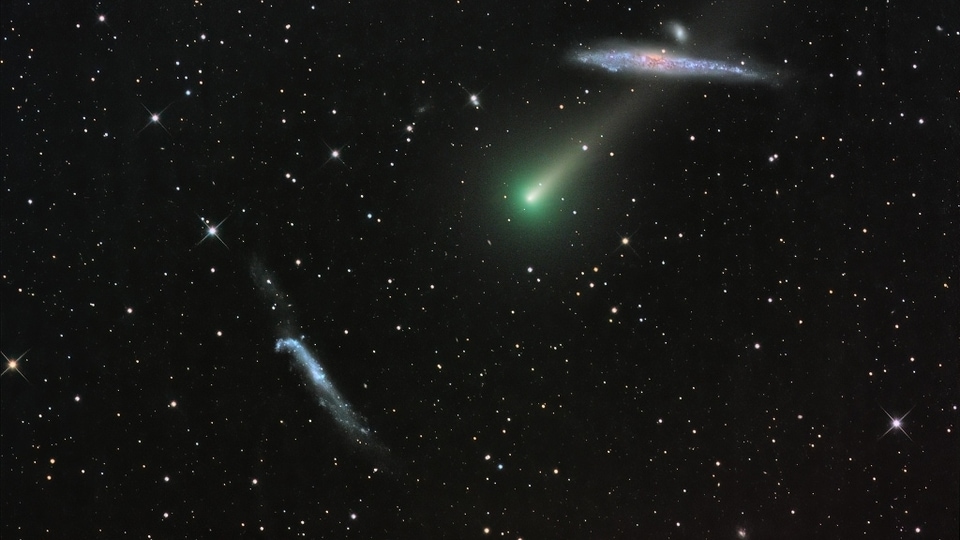
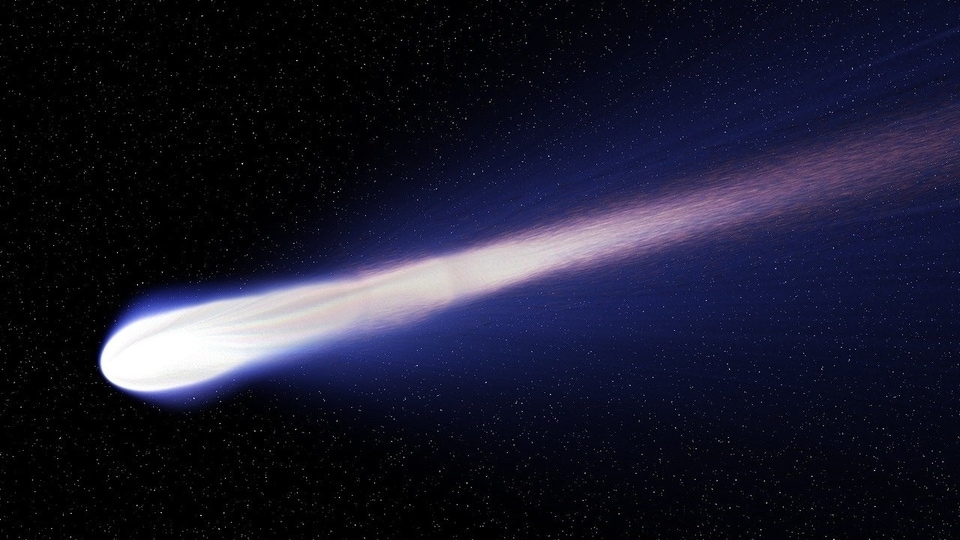
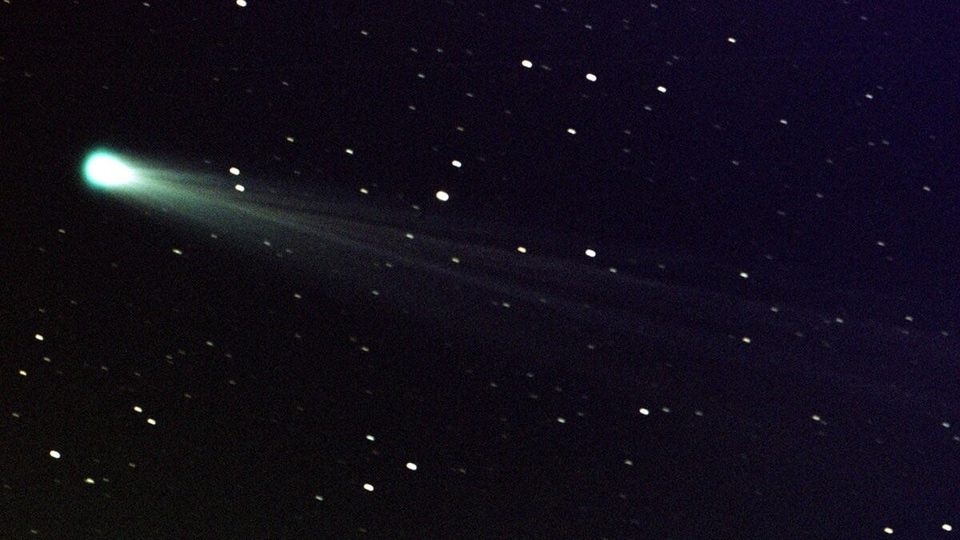
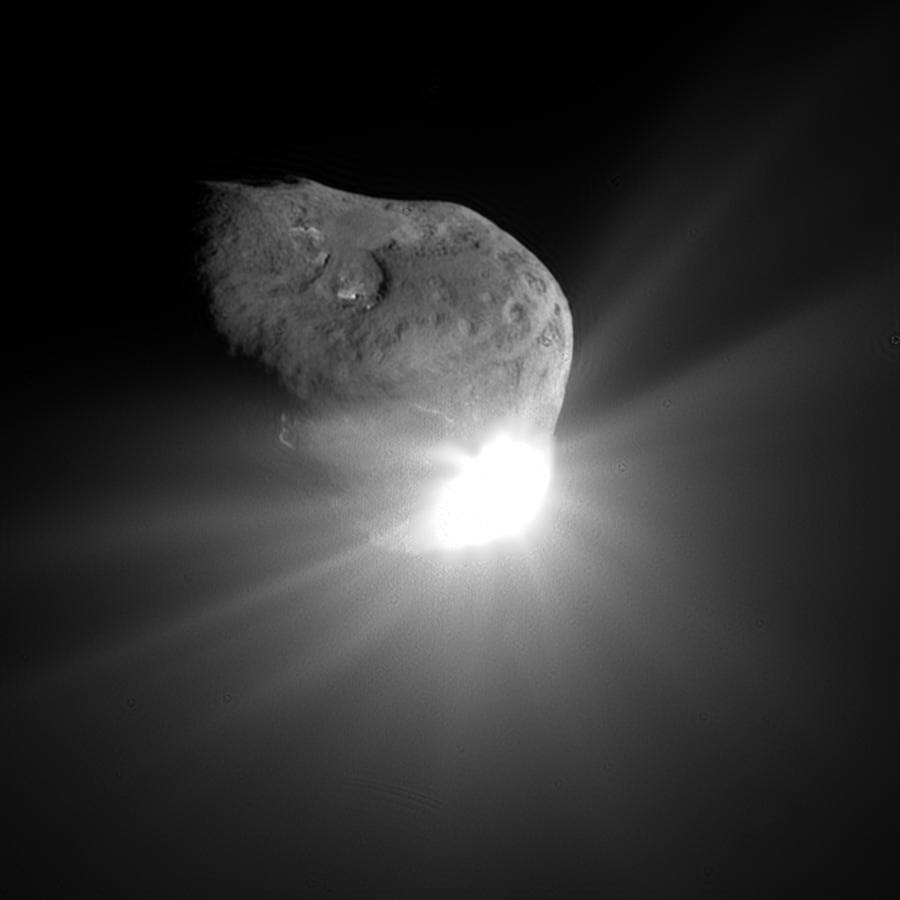
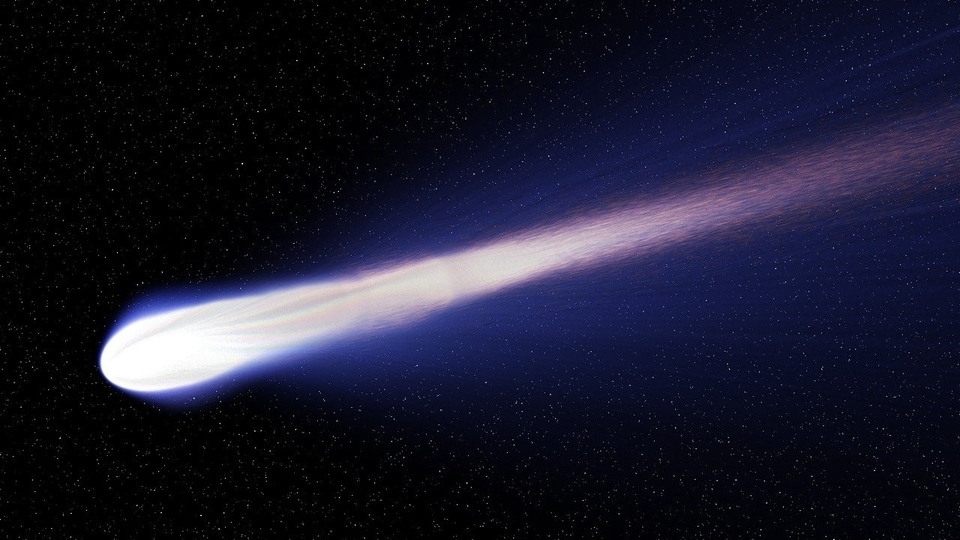
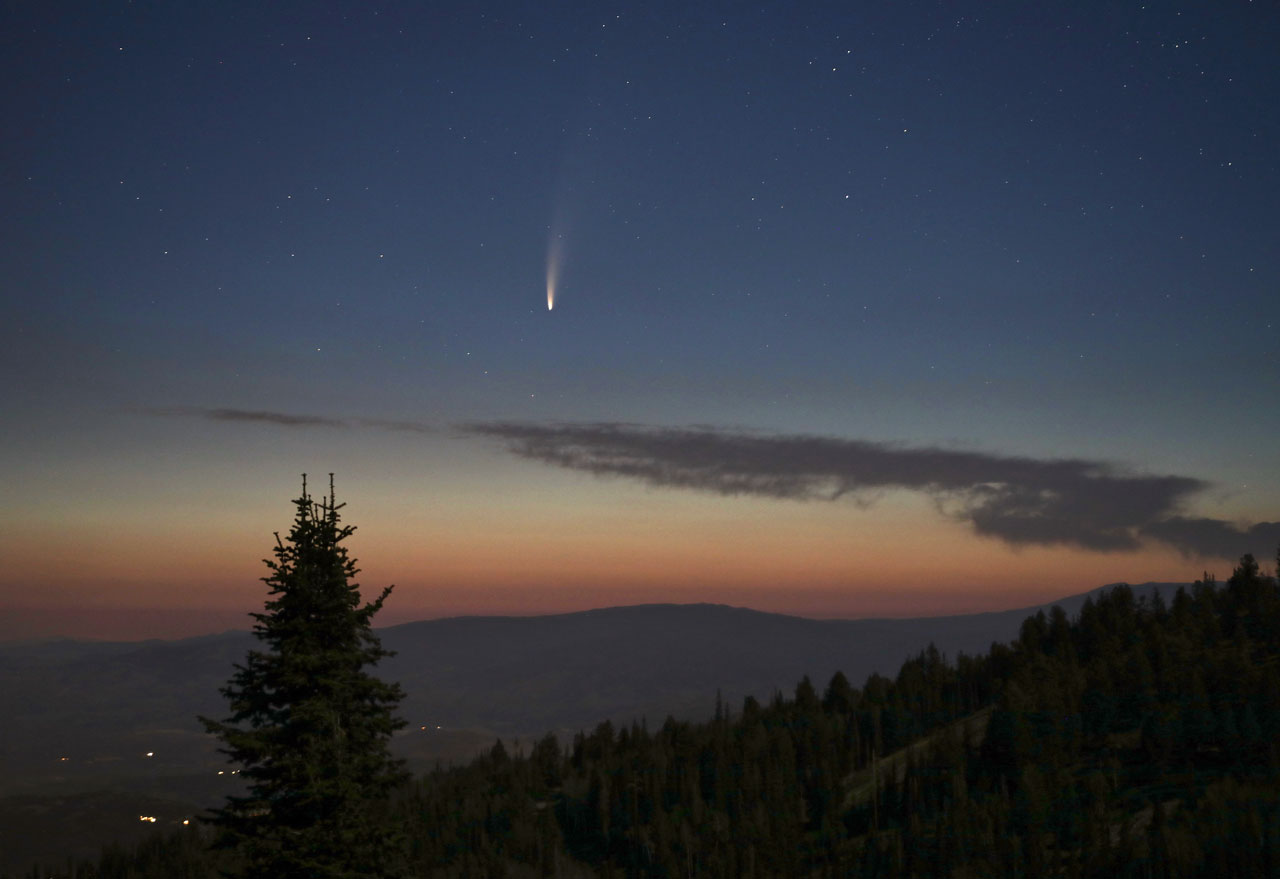
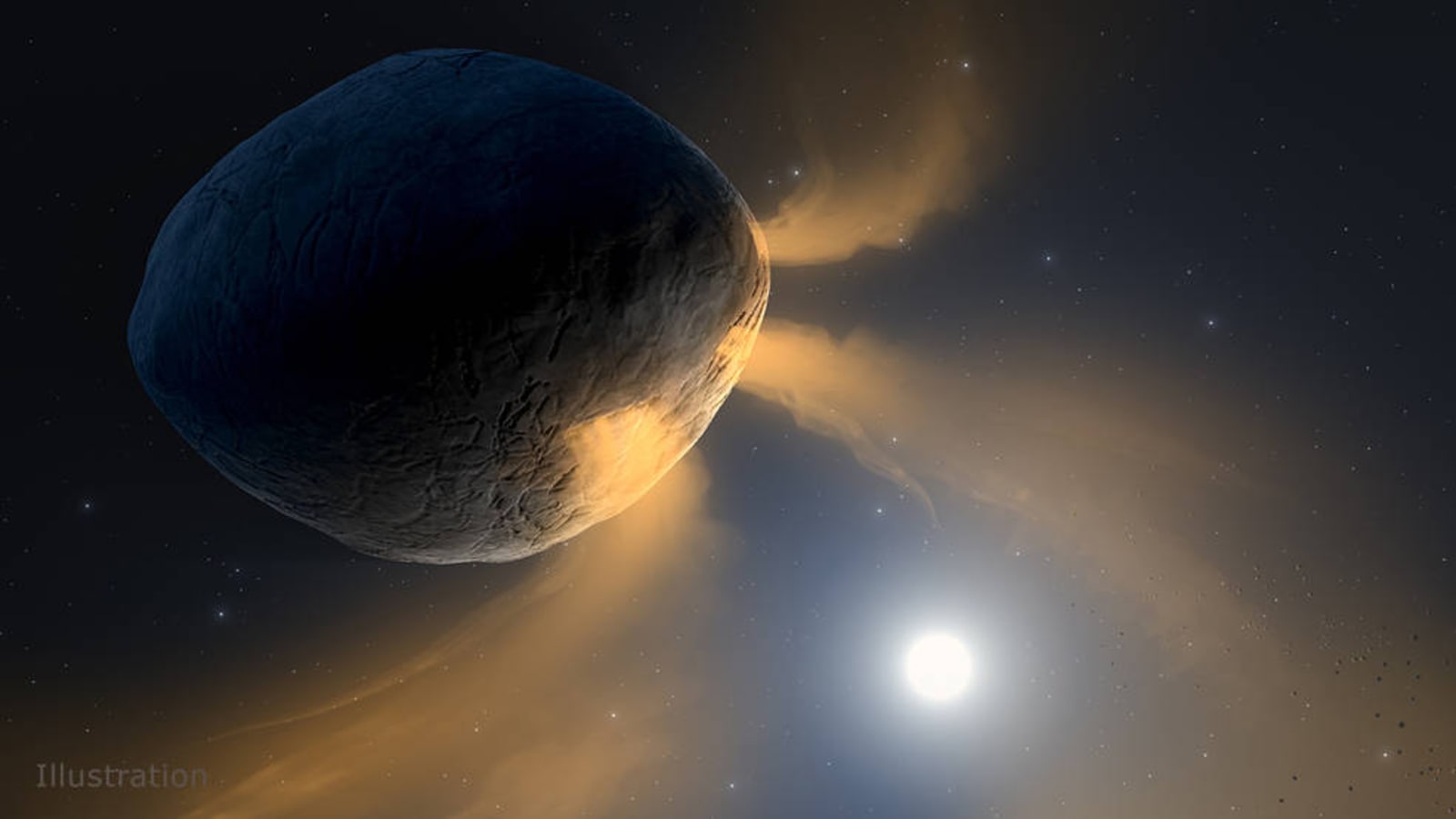
 View all Images
View all ImagesAsteroids are mostly rocky and airless remnants left over from the early formation of our solar system. On the other hand, Comets are a mix of ice and rock. One of the interesting facts about comets is that they do form tails as the Sun vaporizes their ice and it blasts off material and leaves a trail along their orbits. Contrarily, due to their rocky nature, asteroids do not form such tails.
However, weirdly, there is a bizarre asteroid named 3200 Phaethon which acts just like a comet! NASA has revealed that asteroid 3200 Phaethon "brightens and forms a tail when it's near the Sun, and it is the source of the annual Geminid meteor shower." So far, scientists have blamed this behaviour due to the escape of dust from the asteroid while coming closer to the Sun. Surprisingly, the latest study using two NASA solar observatories has helped to indicate that instead of dust, Phaethon's tail is primarily composed of sodium gas.
About asteroid 3200 Phaethon
In 1983, the discovery of Phaethon by astronomers led to the realization that the asteroid's orbit was in alignment with that of the Geminid meteors. Despite being an asteroid and not a comet, this discovery pointed toward Phaethon as the source of the annual meteor shower.
As Phaethon approached its closest point to the Sun in 2009, NASA's Solar Terrestrial Relations Observatory (STEREO) detected a short tail emanating from the asteroid. This supported the notion that dust was being released from the asteroid's surface due to the Sun's heat.
However, in 2018, a solar mission imaged part of the Geminid debris trail and made an unexpected discovery. The observations from NASA's Parker Solar Probe showed that the trail contained a significantly larger amount of material than Phaethon could have shed during its close approaches to the Sun.
What makes this asteroid behave like a comet?
The latest paper in the Planetary Science Journal, led by Qicheng Zhang, a PhD student at the California Institute of Technology, suggested that the close encounter of the asteroid Phaethon with the Sun led to the vaporization of the sodium within the asteroid and drive comet-like activity.
The researchers used the Solar and Heliospheric Observatory (SOHO) spacecraft — a joint mission between NASA and the European Space Agency (ESA) – which has colour filters that can detect sodium and dust. This evidence indicates that Phaethon's tail is made of sodium, not dust.
Catch all the Latest Tech News, Mobile News, Laptop News, Gaming news, Wearables News , How To News, also keep up with us on Whatsapp channel,Twitter, Facebook, Google News, and Instagram. For our latest videos, subscribe to our YouTube channel.




























